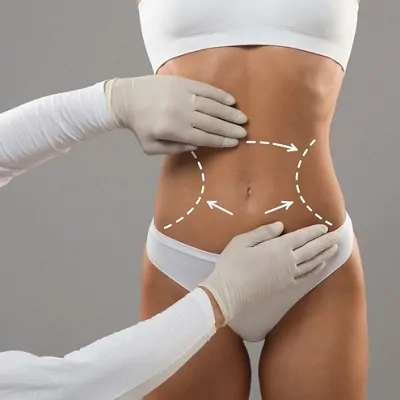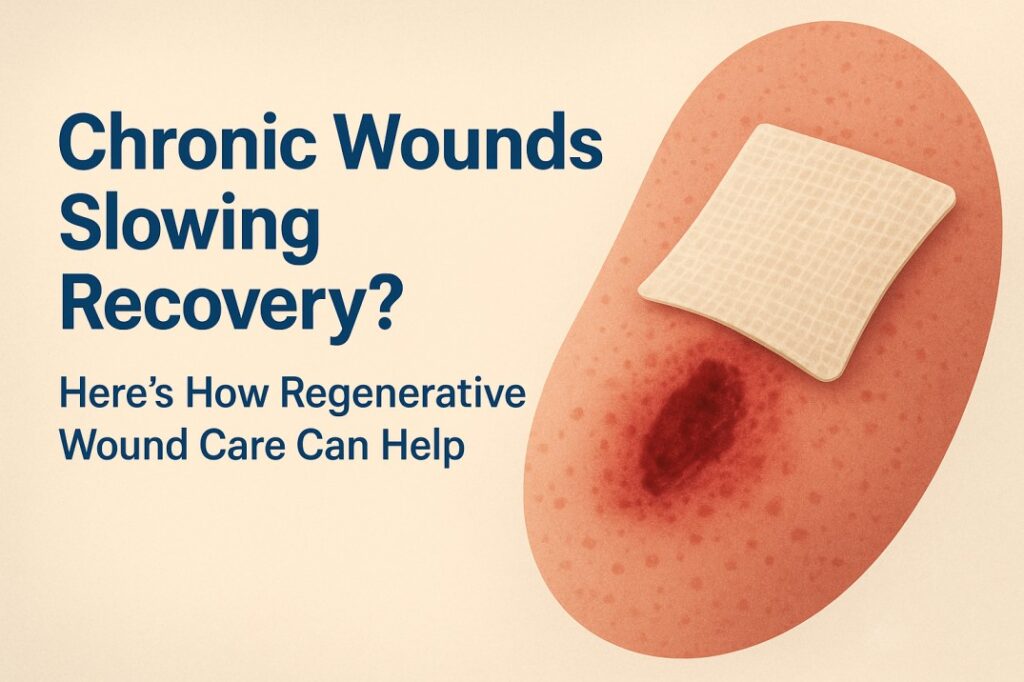Fat transfer surgery has become a popular and effective way to enhance body contours and rejuvenate the face using natural fat. Whether it’s to address volume loss, enhance features, or smooth wrinkles, Fat Transfer Surgery in Dubai provides patients with a natural solution. However, choosing the right clinic is crucial for ensuring optimal results. This guide will walk you through what to look for when selecting the Best Clinics for Fat Transfer Surgery in Dubai, covering the procedure, costs, results, and frequently asked questions.
What is Fat Transfer Surgery?
Fat transfer, also known as fat grafting, is a cosmetic procedure that involves removing excess fat from one area of the body and injecting it into another to restore volume or enhance the contour. It is a versatile procedure commonly performed on the face, breasts, buttocks, and under-eye area. For instance, under eye fat transfer can be used to fill in hollows or reduce dark circles, creating a youthful, refreshed appearance.
Factors to Consider When Choosing a Clinic for Fat Transfer Surgery
1. Qualifications of Surgeons
The Best Fat Transfer Surgeons in Dubai should be board-certified and have experience specifically in fat grafting techniques. It’s important to check their credentials, reviews, and before-and-after photos to gauge their expertise. A well-qualified surgeon will have the knowledge and skills to perform the procedure safely and effectively.
2. Clinic Reputation
The reputation of a clinic is a strong indicator of the quality of care provided. Look for clinics that are well-regarded for their patient care, results, and overall service. You can check reviews and testimonials from previous patients to get an idea of what to expect.
3. Technology and Techniques
Fat transfer surgery requires precision, and the clinic should be equipped with the latest technology and equipment for the best outcomes. Additionally, the clinic should use advanced fat grafting techniques to ensure that the transferred fat survives and integrates successfully into the new location.
4. Personalized Consultation
Before the procedure, you should undergo a consultation where the surgeon assesses your body and discusses your goals. This is essential for determining the best approach for your specific needs. A Best Fat Transfer Surgeon in Dubai will provide a detailed plan and help you understand the procedure, risks, and expected outcomes.
5. Cost and Transparency
The Fat Transfer Surgery Cost in Dubai can vary depending on the area treated, the surgeon’s expertise, and the clinic’s reputation. A trustworthy clinic will provide clear and transparent information about fat transfer prices, including any additional costs related to the procedure. Be cautious of prices that seem too low, as they may indicate a lack of experience or lower-quality results.
Fat Transfer Surgery Cost in Dubai
The fat transfer cost in Dubai typically ranges between AED 10,000 and AED 25,000 or more, depending on factors like the areas treated and the amount of fat transferred. Smaller areas like facial fat transfer in dubai generally cost less, while larger procedures like breast or buttock augmentation may be more expensive due to the amount of fat needed and the complexity of the surgery.
It’s important to consider the value of the surgery rather than focusing solely on cost. While fat transfer cost can vary, choosing a skilled surgeon and reputable clinic should be a priority to ensure the best outcome. Financing options may also be available in some clinics to help manage the cost of the procedure.
Before and After Fat Transfer Surgery
Before the Surgery:
Before undergoing Best Doctors in Dubai, the surgeon will conduct an evaluation to determine the best treatment plan. This includes discussing your medical history, any allergies, and your aesthetic goals. The surgeon will identify areas where fat can be harvested (such as the abdomen, thighs, or flanks) and plan the areas for fat injection (such as the face, breasts, or buttocks).
After the Surgery:
Immediately after surgery, patients typically experience some swelling, bruising, and mild discomfort in both the donor and recipient areas. The recovery process can take several weeks, with full results becoming visible after 3-6 months as the fat settles and integrates into the tissue. Fat transfer surgery in Dubai can yield long-lasting results, especially when performed by the Best Fat Transfer Surgeons in Dubai.
The results of fat transfer are usually natural and subtle. Areas such as the face look more youthful and plump, while the body can gain better contours. With proper aftercare, the fat transferred will remain in place permanently, but factors such as weight fluctuations and aging can affect the outcome.
Frequently Asked Questions About Fat Transfer Surgery
1. What areas can be treated with fat transfer?
Fat transfer can be performed on various areas of the body, including the face (for under eye fat transfer), breasts, buttocks, and hands. It is often used to restore volume or smooth out wrinkles, creating a more youthful and contoured appearance.
2. Is fat transfer surgery safe?
Yes, fat transfer surgery in Dubai is generally considered safe when performed by experienced and qualified surgeons. However, like any surgery, there are some risks involved, including infection, fat resorption, and asymmetry. Choosing the Best Fat Transfer Surgeon in Dubai will minimize these risks.
3. How long do the results of fat transfer last?
The results of fat transfer surgery can be long-lasting, especially when performed by a skilled surgeon. About 50-70% of the fat that is transferred typically survives in the new location. The results can last for several years, but changes in body weight or aging may affect the outcome over time.
4. How much fat is needed for fat transfer surgery?
The amount of fat required for fat transfer surgery in Dubai depends on the area being treated. Smaller areas like the face typically need less fat, while larger areas such as the breasts or buttocks require more. Your surgeon will discuss the amount of fat required during the consultation.
5. What is the recovery process like after fat transfer surgery?
After the procedure, you may experience some swelling and bruising in both the donor and recipient areas. Recovery times vary, but most people can resume light activities within 1-2 weeks. Full recovery and final results can take a few months. Following your surgeon’s aftercare instructions will help ensure optimal results.
Conclusion
Choosing the Best Clinics for Fat Transfer Surgery in Dubai is crucial for achieving optimal results. Look for clinics that prioritize patient care, employ advanced technology, and are staffed with qualified and experienced surgeons. The Best Fat Transfer Surgeons in Dubai will help guide you through the process and provide you with natural, long-lasting results. While the Fat Transfer Surgery Cost in Dubai can vary, the investment in a skilled surgeon and reputable clinic will ensure a safe and successful procedure.









